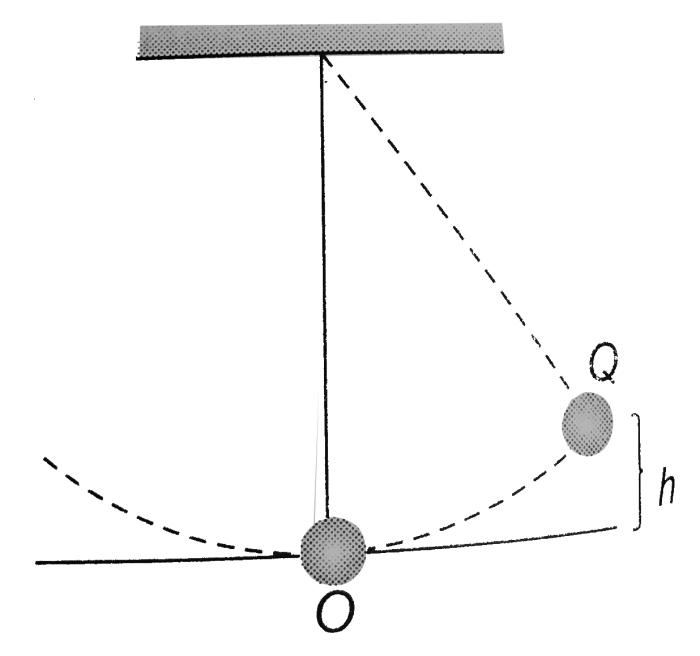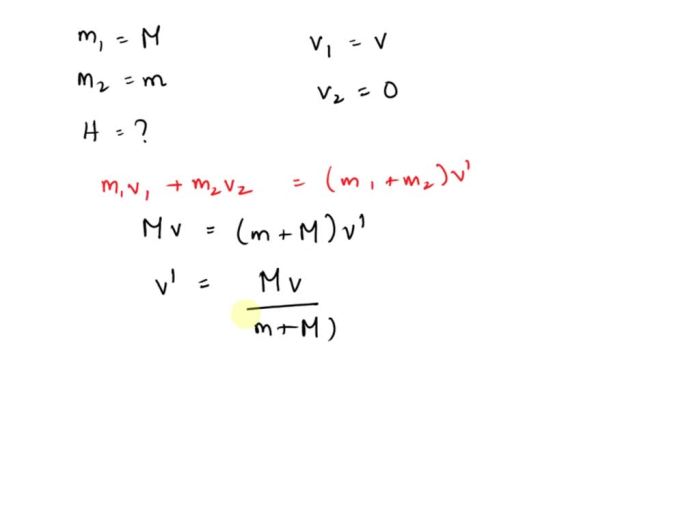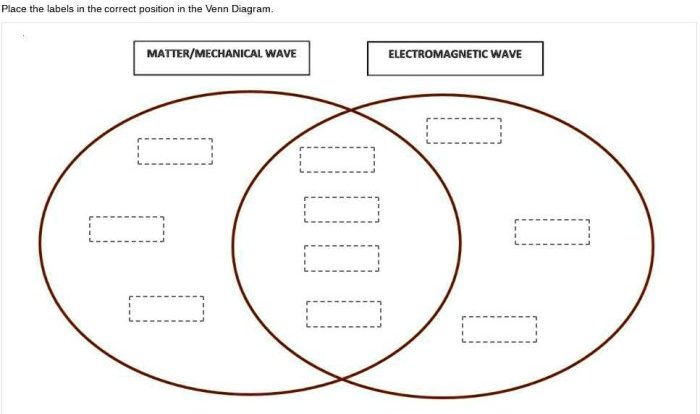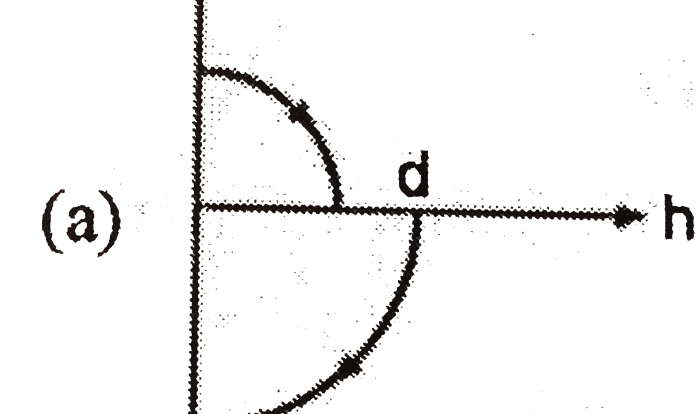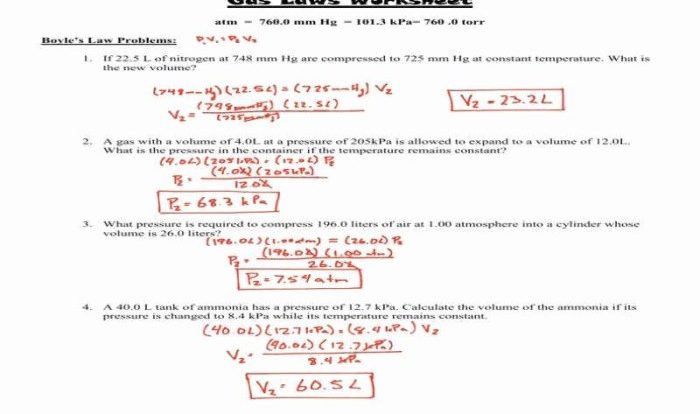When a pendulum bob is released from some initial height, it embarks on a captivating journey governed by the principles of physics. This motion, characterized by its rhythmic oscillations, unveils insights into energy transformations, damping effects, and practical applications that span timekeeping and scientific instrumentation.
Delving into the initial conditions, we examine the influence of height on potential energy and the impact of initial displacement on subsequent motion. The pendulum’s dynamics are then explored through the lens of simple harmonic motion, with equations elucidating the period and frequency of oscillation.
Factors affecting these parameters, such as pendulum length and gravitational acceleration, are also discussed.
Pendulum Motion: A Pendulum Bob Is Released From Some Initial Height
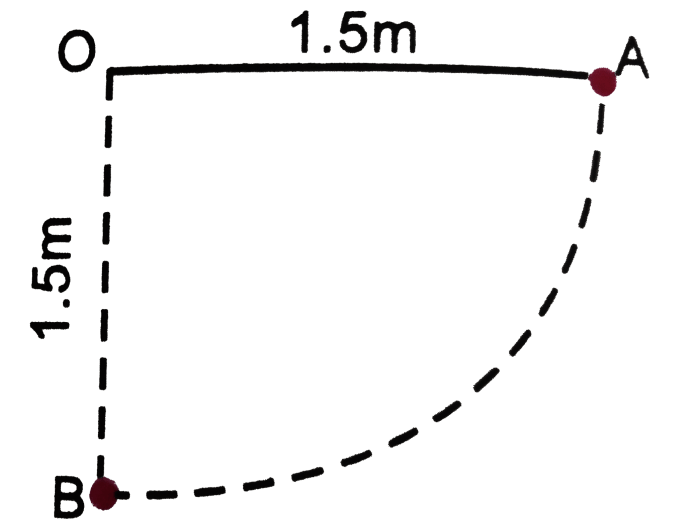
A pendulum is a weight suspended from a fixed point by a cord or rod, which swings freely under the influence of gravity. When the pendulum is displaced from its equilibrium position, it oscillates back and forth, exhibiting a periodic motion.
Initial Conditions
The initial conditions of a pendulum’s motion are crucial in determining its subsequent behavior. These conditions include:
- Initial height:The height from which the pendulum bob is released. This determines the initial potential energy of the system.
- Amplitude:The maximum displacement of the pendulum bob from its equilibrium position. This influences the period and frequency of the pendulum’s oscillation.
Pendulum Dynamics
The motion of a pendulum is governed by the principles of simple harmonic motion. The period (T) and frequency (f) of the oscillation are given by the equations:
- T = 2π√(L/g)
- f = 1/T = √(g/L)
where L is the length of the pendulum and g is the acceleration due to gravity.
Energy Transformations
During the pendulum’s motion, there is a continuous conversion between potential and kinetic energy. At the highest point of its swing, the pendulum has maximum potential energy and zero kinetic energy. At the lowest point, it has maximum kinetic energy and zero potential energy.
The energy transformations can be represented graphically using a potential energy vs. kinetic energy diagram.
Damping Effects
In practice, damping forces, such as friction and air resistance, act on the pendulum, causing it to lose energy over time. This results in a gradual decrease in the amplitude and period of the oscillation.
Damping can be minimized by using a vacuum chamber or a high-quality bearing.
Applications of Pendulum Motion, A pendulum bob is released from some initial height
Pendulum motion has numerous practical applications, including:
- Timekeeping devices:Pendulums are used in clocks and metronomes to regulate the passage of time.
- Scientific instruments:Pendulums are used in accelerometers and seismometers to measure acceleration and seismic activity, respectively.
FAQ Overview
What factors influence the period of a pendulum’s oscillation?
The period of oscillation is primarily determined by the length of the pendulum and the acceleration due to gravity.
How does damping affect the motion of a pendulum?
Damping forces, such as friction and air resistance, gradually reduce the amplitude and period of oscillation.
What practical applications utilize the principles of pendulum motion?
Pendulum motion finds applications in timekeeping devices (e.g., clocks, metronomes), accelerometers, and seismometers.
